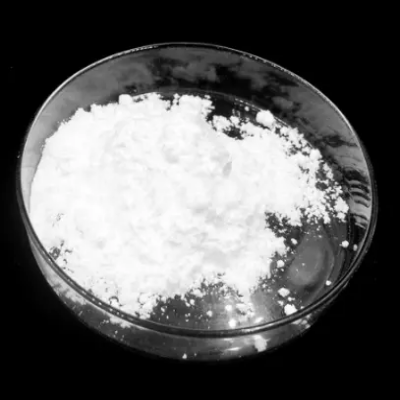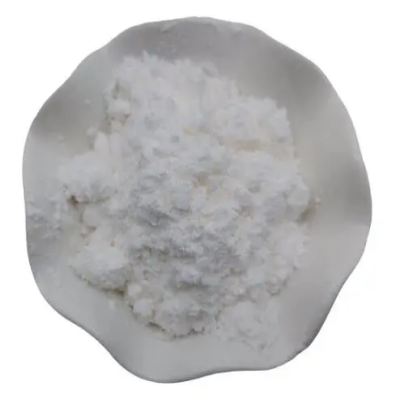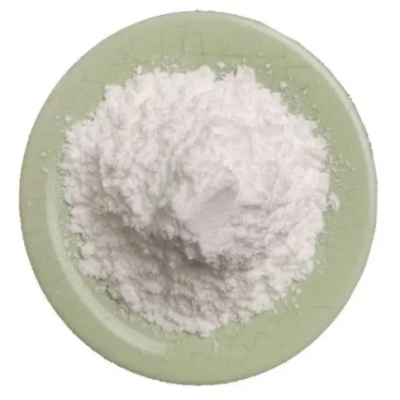2-Ethylhexanoyl chloride CAS:760-67-8
2-Ethylhexanoyl chloride (C10H19ClO) is an important organic compound widely used as a reagent in synthetic organic chemistry. As the acyl chloride derivative of 2-ethylhexanoic acid, it features a branched aliphatic chain that enhances its physicochemical properties and reactivity. The presence of the carbonyl group adjacent to the chlorine atom makes 2-ethylhexanoyl chloride a potent acylating agent capable of undergoing nucleophilic acyl substitution reactions. One of the primary applications of 2-ethylhexanoyl chloride is in the synthesis of esters. When reacted with alcohols, it undergoes nucleophilic substitution to produce 2-ethylhexanoyl esters. These esters are valuable in a wide range of industries, including cosmetics, food additives, and pharmaceuticals. The branched structure of the 2-ethylhexanoyl group contributes to the solubility and stability of these esters, making them suitable for diverse formulations and applications. In addition to ester synthesis, 2-ethylhexanoyl chloride is also utilized in the production of amides by reacting with amines. Amides formed from this acyl chloride are key intermediates in the synthesis of pharmaceuticals and agrochemicals, often exhibiting significant biological activity. The structural features imparted by the 2-ethylhexanoyl group can enhance the pharmacokinetic properties and efficacy of such compounds. Moreover, 2-ethylhexanoyl chloride can be employed in polymer chemistry to synthesize polyesters and polyamides with tailored properties. This versatility allows chemists to create materials with specific mechanical and thermal characteristics, broadening the scope of applications in coatings, adhesives, and plasticizers. Despite its numerous advantages, working with 2-ethylhexanoyl chloride requires care due to its corrosive nature and potential health hazards. Appropriate safety measures, including the use of personal protective equipment and conducting reactions in well-ventilated areas, are necessary to ensure safe handling. In summary, 2-ethylhexanoyl chloride is a vital reagent in organic synthesis, providing a platform for producing esters, amides, and polymers. Its distinctive structure and reactivity make it an invaluable tool for chemists engaged in the development of complex organic compounds across various industrial sectors, including pharmaceuticals, agrochemicals, and materials science.



| Composition | C8H15ClO |
| Assay | 99% |
| Appearance | white powder |
| CAS No. | 760-67-8 |
| Packing | Small and bulk |
| Shelf Life | 2 years |
| Storage | Store in cool and dry area |
| Certification | ISO. |









